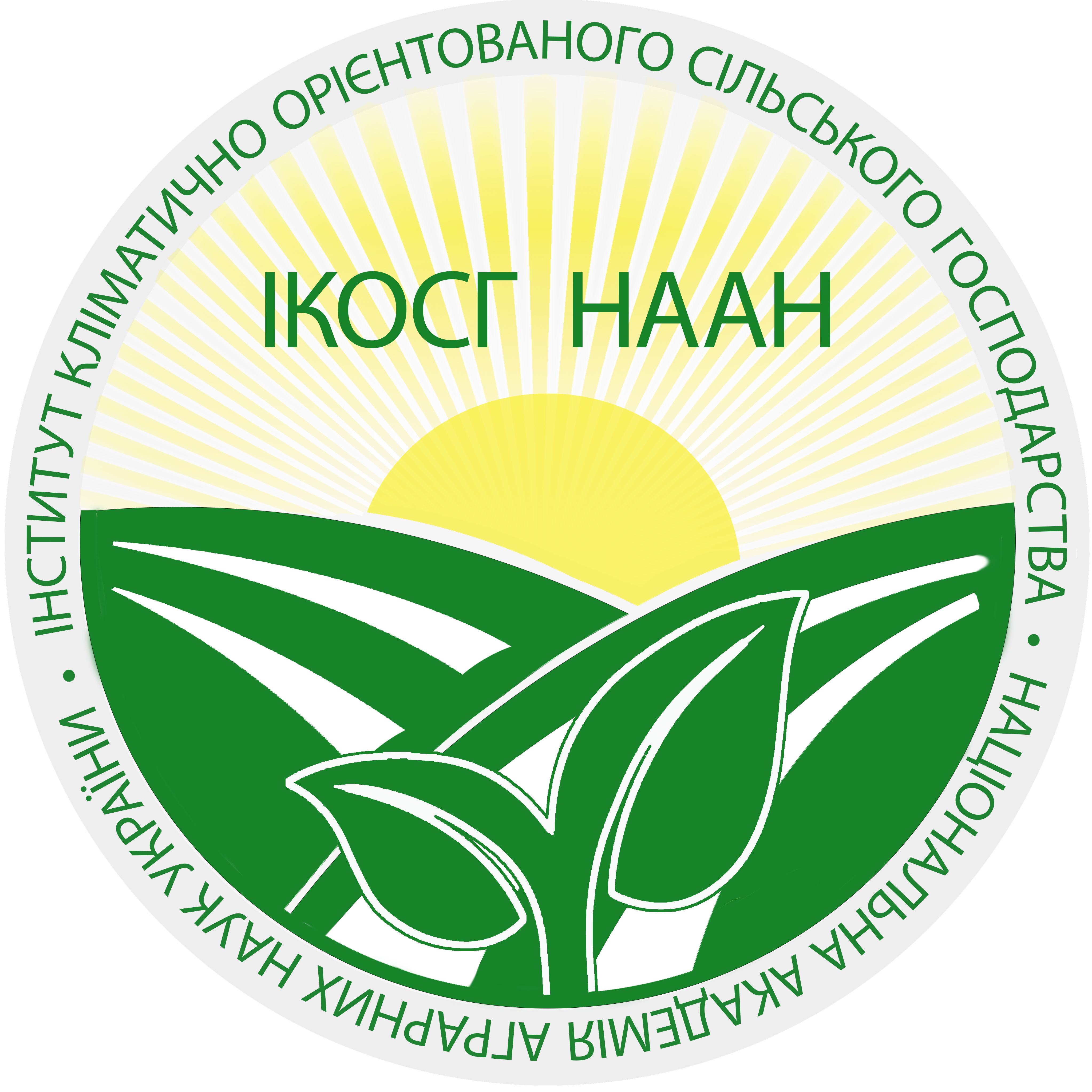Продуктивність кукурудзи за мінімізованого обробітку ґрунту та органо-мінеральних систем удобрення на зрошенні Півдня України
Анотація
У статті відображено результати досліджень із вивчення показників забур’яненості та продуктивності кукурудзи залежно від різних систем основного обро- бітку ґрунту та удобрення і подальшого впливу на показ- ники продуктивності культури у сівозміни в зрошуваних умовах Півдня України. Мета. Метою досліджень було визначення впливу основного обробітку ґрунту, різних систем удобрення та сидерації на забур’яненість посі- вів кукурудзи та подальшого впливу на його продуктив- ність. Методи. Під час експерименту використовували польовий, кількісно-ваговий, візуальний, лабораторний, розрахунково-порівняльний, математично-статистичний методи та загальновизнані в Україні методики і мето- дичні рекомендації. Дослідження проводилися протягом 2016–2019 рр. на дослідних полях Асканійської ДСДС ІЗЗ НААН України. Результати. Дослідженнями встанов- лено, що заміна оранки чизельним розпушуванням на 28–30 см у системі різноглибинного безполицевого обро- бітку зменшила засміченість посівів кукурудзи порівняно з контролем на 40% за кількістю бур’янів та на 19,7% за накопиченням вегетативної маси з показниками 10 шт./м2 та 31,9 г/м2 відповідно. Максимальну забур’яненість у досліді в середньому по фактору А (25 шт./м2 за кіль- кістю бур’янів та 298,8 г/м2 за накопиченням вегетатив- ної маси) було відзначено за нульового обробітку ґрунту у сівозміні, що збільшувало їх кількість на 78,6% а вегета- тивну масу в 7,82 рази порівняно з контролем. Водночас у середньому по фактору В застосування сидеральної культури зменшує забур’яненість на 33,3% за кількістю та 45,6% за вегетативною масою, підвищуючи продук- тивність кукурудзи на 13,7%. Отримано однаковий рівень урожайності за систем диференційованого, мілкого одно- глибинного та різноглибинного безполицевого обробітку ґрунту – 8,71–10,93 т/га. Водночас істотний недобір уро- жайності було отримано за нульового обробітку, де показ- ники були менше порівняно з контролем у середньому по фактору А на 16,3%.
Посилання
2. Цилюрик О.І. Вплив мульчувального обробітку ґрунту на поживний режим чорнозему в посівах ячменю ярого. Вісник Дніпровського державного аграрно-економічного університету. 2017. № 3(45). С. 23–31.
3. Мальцев В.Т., Дьяченко Е.Н. Влияние способов основной обработки почвы и удобрений на содержание подвижного азота в серой лесной почве и продуктивность севооборота. Достижения науки и техники АПК. 2011. № 12. С. 8–11.
4. Примак І.Д., Купчик В.І., Колесник Т.В. Зміна агрохімічних властивостей чорнозему типового за різних систем основного обробітку ґрунту й удобрення в Центральному Лісостепу України. Вісник Полтавської державної аграрної академії. 2012. № 3. С. 26–31.
5. Котоврасов И.П. Влияние механической обработки на плодородие мощного малогумусного чернозема в Лесостепи Украины. Минимализация обработки почвы. Москва : Колос, 1984. С. 106–115.
6. Дроговоз С. Плодородие почвы при отвальной и почвозащитной обработках. Научные основы севооборотов и обработки почвы в Восточной Сибири. Иркутск, 1975. С. 89–95.
7. Цандур М.О. Наукові основи землеробства Південного Степу України. Одеса : Папірус, 2006. 180 с.
8. Формирование урожайности культур при различных видах и структуре севооборота / Я.П. Цвей и др. Сахарная свекла. 2018. № 8. С. 19–22.
9. Цвей Я.П. Родючість ґрунтів і продуктивність сівозмін. Київ : КОМПРИНТ, 2014. 416 с.
10. Наукові основи землеробства : підручник / І.Д. Примак та ін. Біла Церква : БДАУ, 2005. 408 с.
11. Леонець В.О. Екологічні наслідки сучасної деградації природних і антропогенних ландшафтів та основні напрями охорони земель. Землевпорядний вісник. 1998. № 3. С. 26–29.
12. Методика польових і лабораторних досліджень на зрошуваних землях / Р. А. Вожегова та ін. Херсон : Грінь Д.С., 2014. 286 с.






